Smart US Cities
During the past several years, an increasing number of cities, large and small, have implemented a series of computerized, intelligent solutions in order to better manage vital resources such as air, water, energy and time.
By Roxana Baiceanu
Decades ago smart cities belonged to sci-fi, being mainly a movie delight. But recent technology has brought this concept into reality. During the past several years, an increasing number of cities, large and small, have implemented a series of computerized, intelligent solutions in order to better manage vital resources such as air, water, energy and time. A report from the National League of Cities pointed out in October 2017 that more than half of U.S. cities have already invested in some type of smart technology while another 25 percent is exploring ways to start implementing digital solutions in the near future.
So far, the initiatives have targeted several issues: traffic congestion, transportation, pollution and poor internet accessibility, as well as energy and water waste. Communities have adopted a variety of solutions including smart street lighting systems, electric vehicle charging stations, environmental sensors tracking the levels of humidity or drought to regulate irrigation of public green spaces, smart traffic signals, HOV lanes for public transit, interactive traffic monitors and visitor kiosks.
To incentivize interest in these intelligent solutions, in June 2016 the U.S. Department of Transportation launched the Smart City Challenge, a program meant to improve cities’ aging infrastructure. The winner of the $50 million award was Columbus, Ohio, which now has almost $500 million from private and public funding to invest in technology meant to transform it into one of the most sustainable cities in the country.
Would the smartest cities please stand up?
Although the integration of technology is one of the core aspects that defines a smart city, it is not the only one. Ranking methodologies have also taken into account several dimensions of urban life such as an entrepreneurial economy, international outreach, social cohesion and citizens’ involvement in environmental decisions, among other factors.
In 2017, Forbes ranked the smartest cities in the world and highlighted that the list was dominated by European and North American Cities. New York City stole the top spot, ranking first for the strength of its low-carbon economy and second for its technology. A pioneer in the adoption of electric vehicles and one of the strongest promoters of bike-sharing programs, the city has also been encouraging several other green initiatives as well as the use of public transportation. It also has the largest number of databases open to the public.
Boston is the second-smartest U.S. city and the fourth worldwide, according to Forbes. The city started gathering and analyzing data concerning traffic, street lighting and the environment in 2013. One year later, Boston University developed a database called SCOPE to help develop and implement smart city services. More recently, the city’s Planning and Development Agency and the Department of Innovation and Technology entered an agreement with WiredScore to integrate broadband-ready building design into its commercial real estate developments.
San Francisco also ranks high on Forbes’ list—fifth—for a number of good reasons. The city entered a partnership with Google in 2014 to provide Wi-Fi in various public places such as plazas and parks. It also features a smart water consumption system to avoid water waste and it has recently upgraded its public lighting system by replacing the old lights with energy-efficient ones. Integrating technology into the city’s transportation system and improving the infrastructure is also a project that is in the works right now in San Francisco.
Forbes ranked Washington, D.C., next at #6, ahead of Los Angeles, which didn’t even make it into the top 10 list—it came in at #18. City tourists are very important to the city administration and this was one of the reasons why the officials invested in Internet of Things (IoT) technology to improve transportation in particular and the overall tourist experience. Among the things which have been implemented or are upcoming are public Wi-Fi, LED lights, bike lanes, smart parking, environmental sensors and improved city maintenance.
Forbes’ list of top 50 smartest cities in the world also included Los Angeles, Chicago, Baltimore, Dallas, Houston, Phoenix and Miami. Rankings published elsewhere also mention Seattle, San Diego, Denver and, as of late last year, San Jose. The City of San Jose was included into the Smart Cities USA project which is expected to trigger more economic growth, create approximately 25,000 CleanTech jobs, promote environmental sustainability and improve the quality of life. Some of the features that are in the process of being implemented are: a network of Air Quality, sound and microclimate sensors as well as other IoT technology meant to measure air and noise pollution as well as monitor traffic flow.
What’s next?
The transition from cities using smart solutions to cities functioning entirely based on technology is taking place as we speak. Bill Gates and Prince Mohammed bin Salman of Saudi Arabia announced at the end of last year their (separate) plans to fund the construction of entirely automated (smart) cities.
Bill Gates’ $80 million-smart Belmont already has a location pinned down in Arizona, approximately 45 minutes from Phoenix. It is expected to span 25,000 acres, to incorporate technology at all levels of urban structure and feature high-speed internet, data centers, autonomous distribution facilities and logistics hubs, as well as self-driven vehicles.


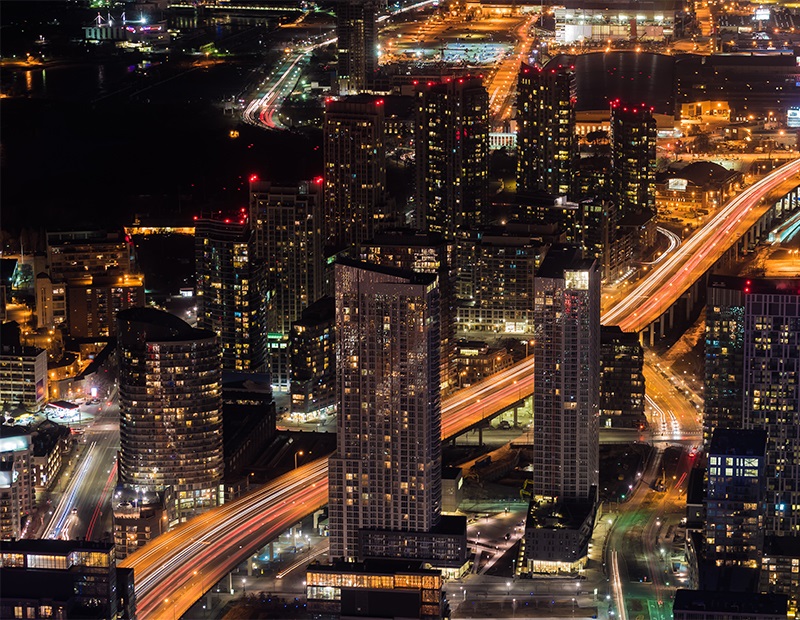

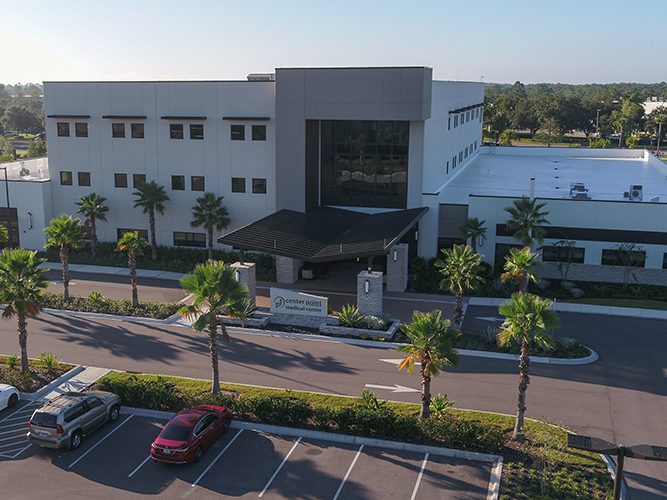
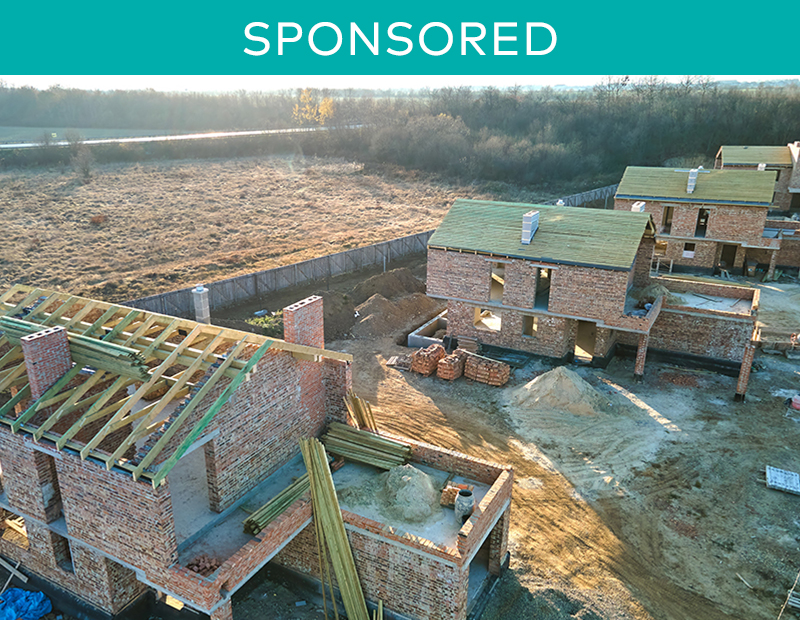

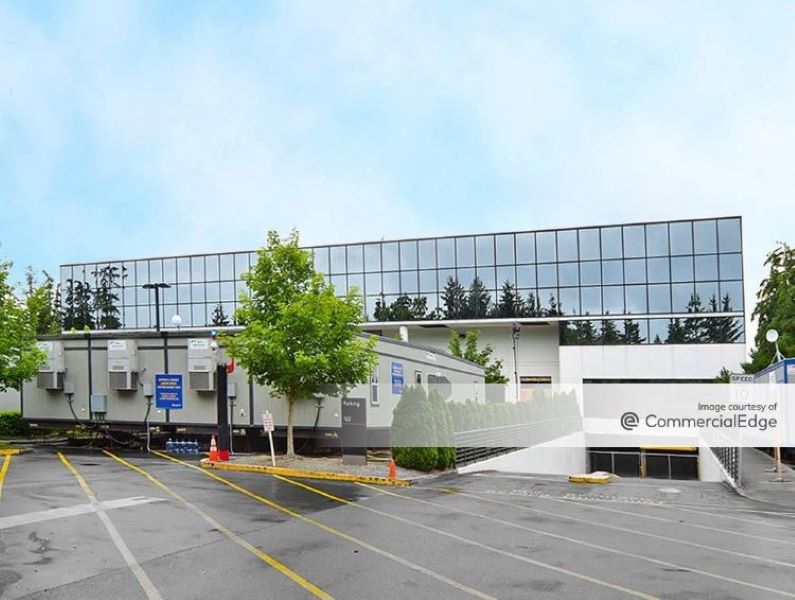
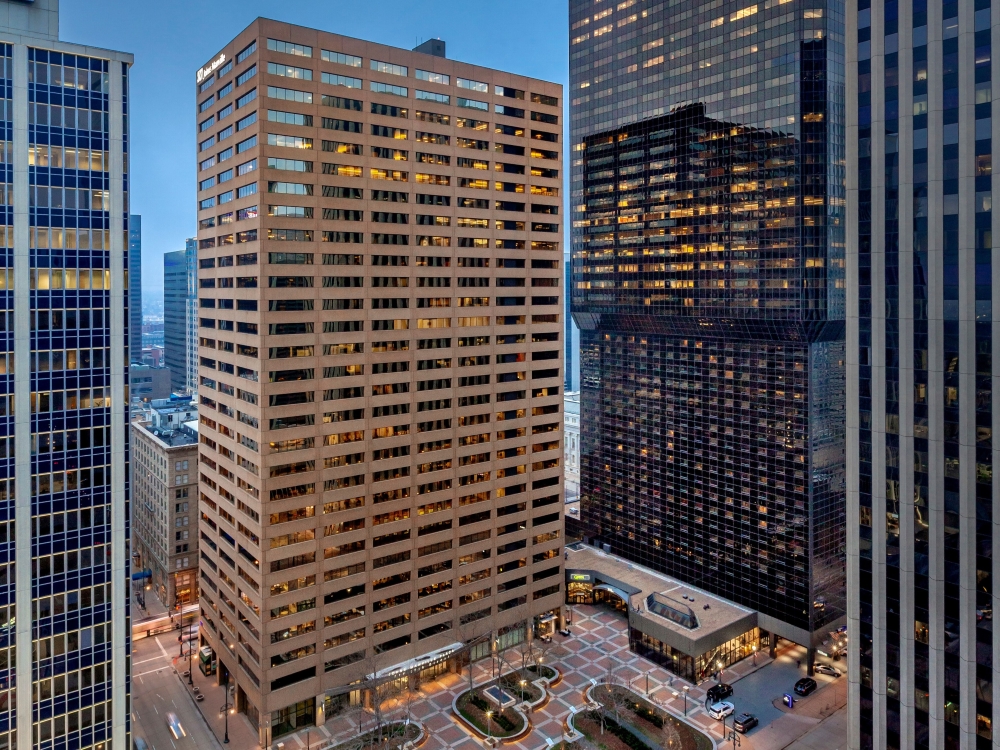
You must be logged in to post a comment.